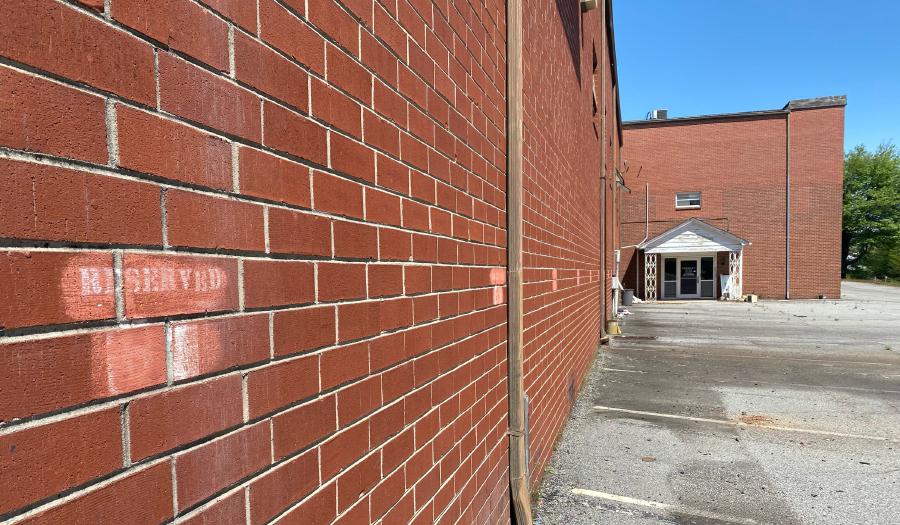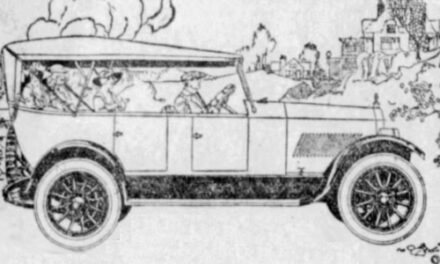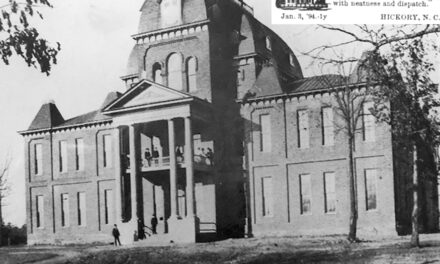
One day a varnish salesman walked into the office of the president of the Kent-Coffey Manufacturing Company. The young man was just sure he has the product that would improve the look of every piece of furniture made by the company. If, just by chance his pitch was rejected, he also represented the Central Glass Company, in addition to Reliance Varnish. He did not walk out of that office with an order in hand for either glass or varnish. However, something more important to the furniture industry happened.

A current look at the front of the factory that Ham and Mary built in Joyceton, home of Hammary Furniture.
About five years earlier a young lady came to work for Kent-Coffey as a secretary to the president. Her ambition was not to be an administrative assistant. She was a poet. At age 16, she came to Lenoir to study at Davenport College. She entered her work in a number of contests, one appearing in the pages of the Asheville Citizen-Times. It was called “Apparition.”
“The golden flower, the moon, has gone, leaving my meadow bare,
Except for a few small shining stars to gather and put in my hair.
Then I’ll wrap around me a soft trailing cloud and go to where you sleep.
I’ll hope you’ll awaken and think me fair
With my cloak that’s a cloud and stars in my hair.”
– Mary Miot Buys, North Carolina”
That day the poet and the varnish salesman met. Love quickly blossomed for Mary Buys and Hamilton Bruce, who came from Kentucky to Lenoir a widower, with two young children. His friends called him Ham and on a late August day in 1942, the couple wed. Their names would be intertwined well beyond their marriage.
The following year, Ham and Mary decided to strike out on their own and start a furniture company. With his sales ability and her organizational skills, the two rented factory space in Lenoir for $15 per month. They hired a few employees and began making wood and canvas lawn furniture, seeking to turn out 24 per day. Equal partners in the company, they used their own first names to designate their furniture factory. A smashup, they called the new firm Hammary Furniture.
With only $300 to start the new enterprise, Ham hit the road, attempting to drum up sales, while Mary ran the office and the factory in Ham’s absence. The Bruces soon agreed that they needed to diversify. Canvas lawn furniture with a wood frame was quickly being replaced in the post-WWII era by aluminum chairs with plastic webbing. They experimented with making toys and other kinds of chairs before Ham hit on the idea of “occasional tables.” He sold his concept to a number of retailers using sketches he had drawn. From those drawings, he took orders for $200,000 worth of tables before he could get back to Lenoir to build his first one. As soon as he returned he did two things. First, he got production going on a table made of mahogany and gum wood.
Then, he convinced Mary that they needed a bigger factory. On a twelve acre site, along the railroad tracks between Hudson and Lenoir (known as Joyceton), the grand new Hammary factory sprang up. From that point, until the Bruces sold the company in 1971, Hammary took its place as one of the prominent furniture manufacturers in western North Carolina.
And it only happened because two people fell in love.










